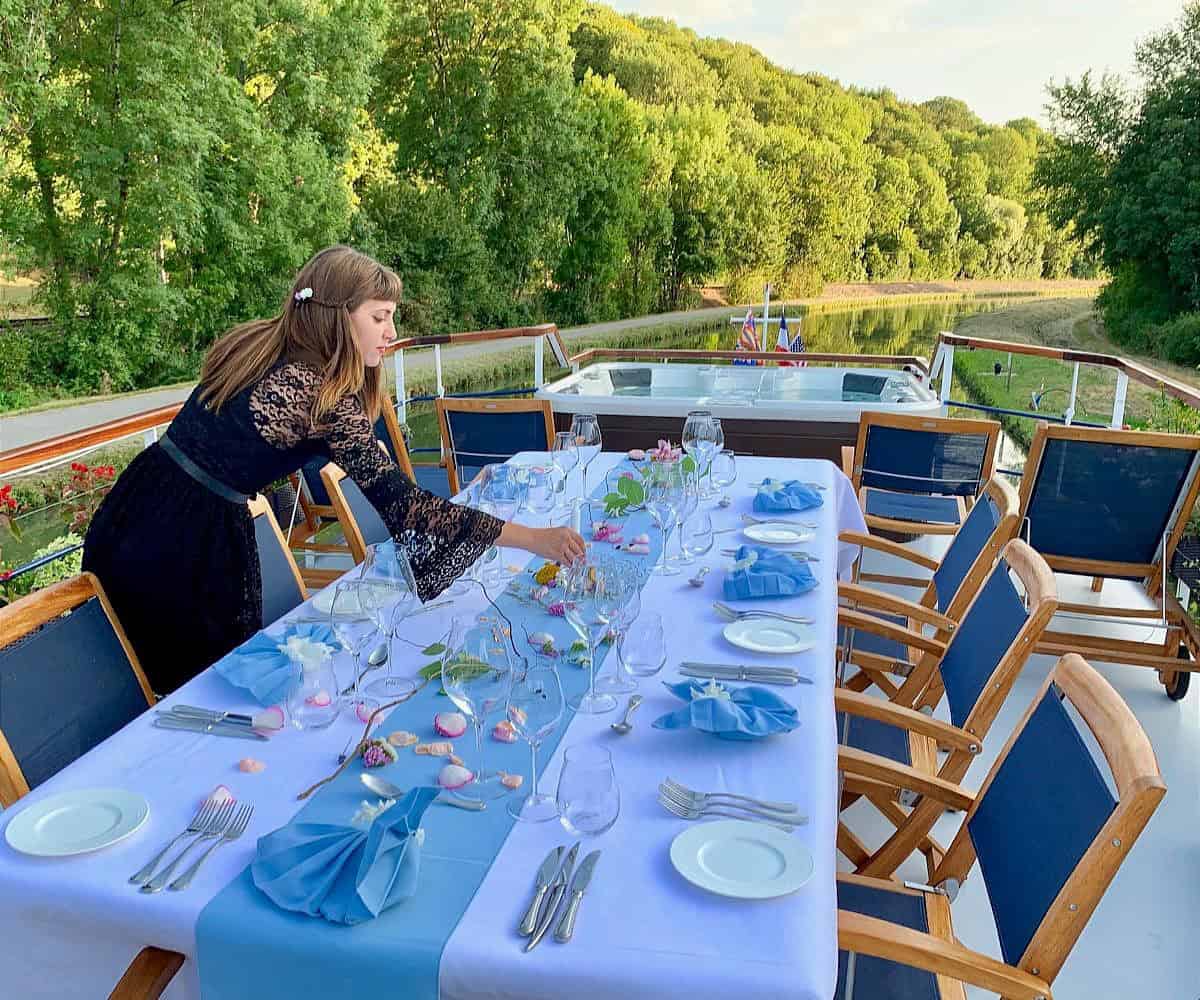
Cruising slowly along the Burgundy Canal, connecting the rivers Yonne and Soane, the 12 berth La Belle Epoque, from European Waterways, explores an almost forgotten French idyll.
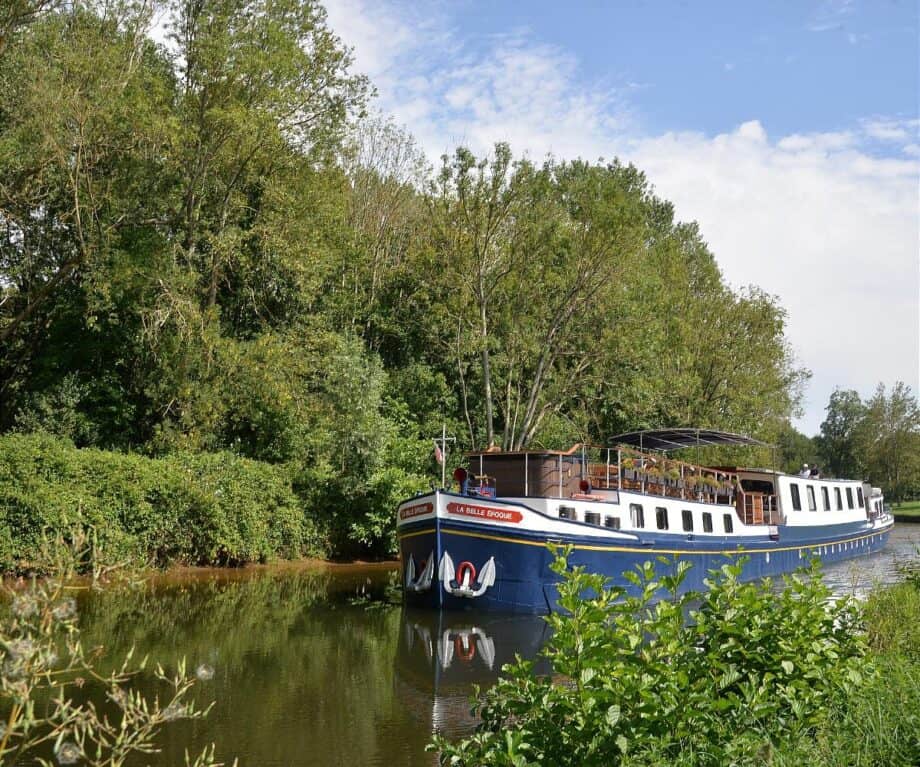

It is an intimate cruise with many privileged moments: lunch at the chateau hosted by the Baron and Baroness, a Chablis creator hosting a private tasting, and an exploration of the spiritually serene Abbaye de Fontenay.
For six nights, this former log barge, first launched in 1930, provides a luxurious French voyage through the very best of Burgundy living: champagne, chateaux, cheese, culture, gastronomy, history and wine. For Francophiles, this is the ultimate Burgundian education.
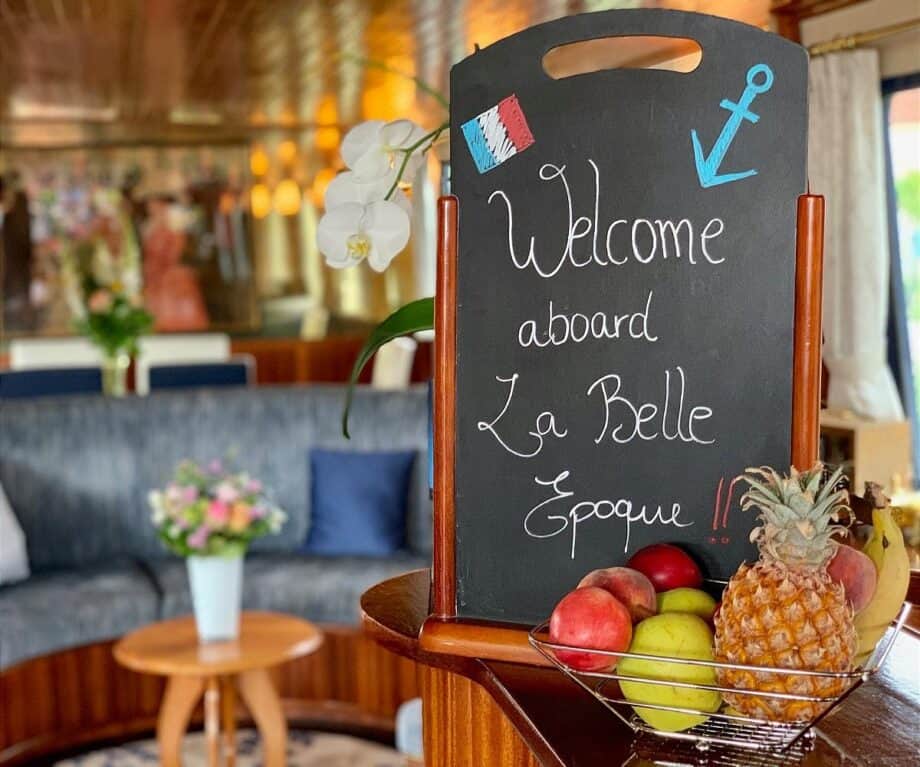

Our week, boarding on Sunday and disembarking on Saturday, is a hotel cruise with guests, usually English-speaking, booking from across the planet. Then getting to know each other for a joyously indulgent boat party.
Though friends and families are increasingly booking the entire barge for a cruise. As well as La Belle Epoque’s 6 double cabins, European Waterways have smaller barges for groups of 8 or 10 in France, England, Italy and Ireland, plus two larger barges on Scotland’s Caledonian Canal.
Day 1
Cruisers gather in Paris at the gilded grandeur of the Hotel Westminster for an early afternoon departure for Burgundy.
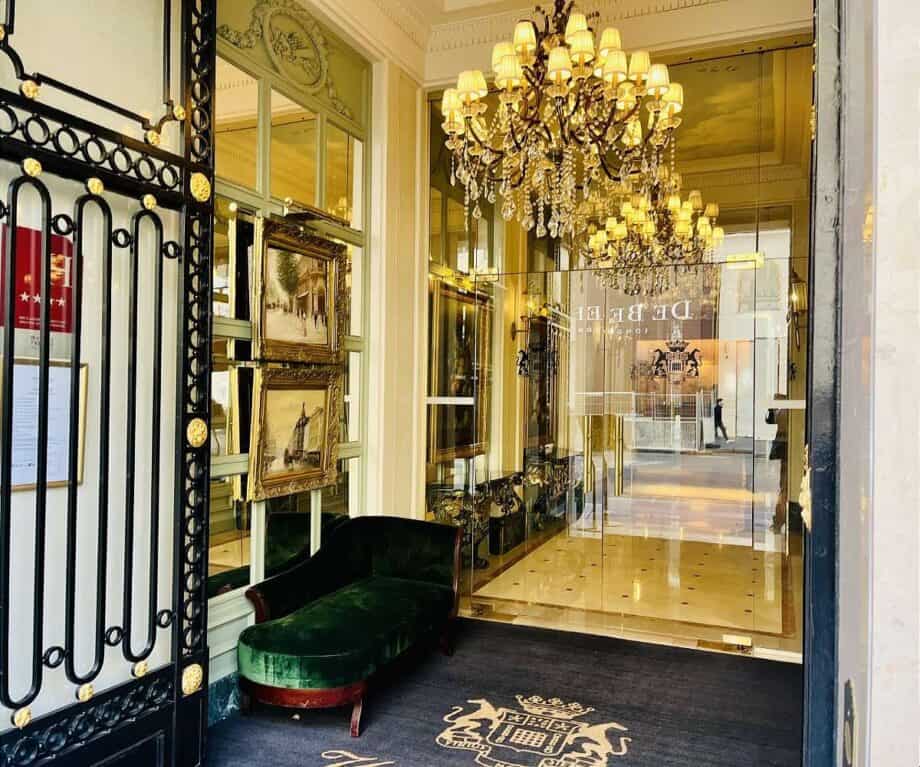

Some guests arrive the day before to enjoy strolling around the Opera district, others take a 50-minute bus from Charles de Gaulle Airport to Opera, from where it is a five-minute walk to Hotel Westminster.
Pascal, the driver of our gleaming black Mercedes takes us along the Seine’s right bank, past Fontainebleau Forest and southwards. With a services comfort break, it takes us around three hours to get our first sight of the elegant lines of La Belle Epoque moored at the tiny town of Lezinnes: around the sundeck the boxes of pansies, forget-me-nots, strawberries, parsley and rosemary are flourishing.
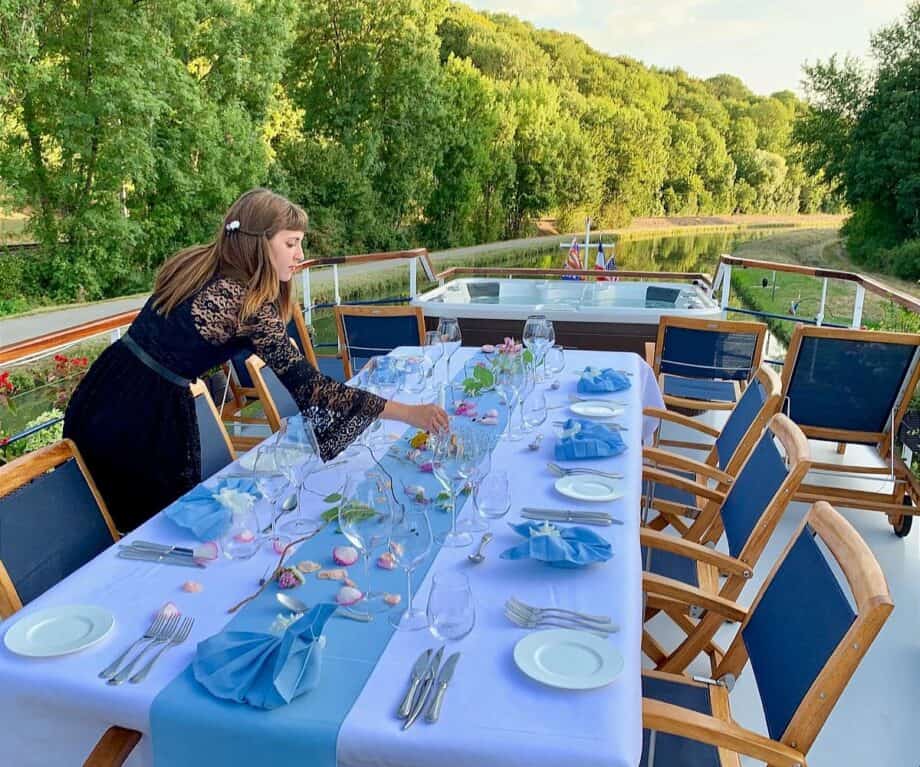

These really are the good times, the best of times, for the smoothly varnished La Belle Epoque with her nostalgic art work, polished chrome and plush carpets. Though the barge endured more dramatic days during the Second World War when she, and the French Resistance, secretly transported downed Allied airmen south to Spain.
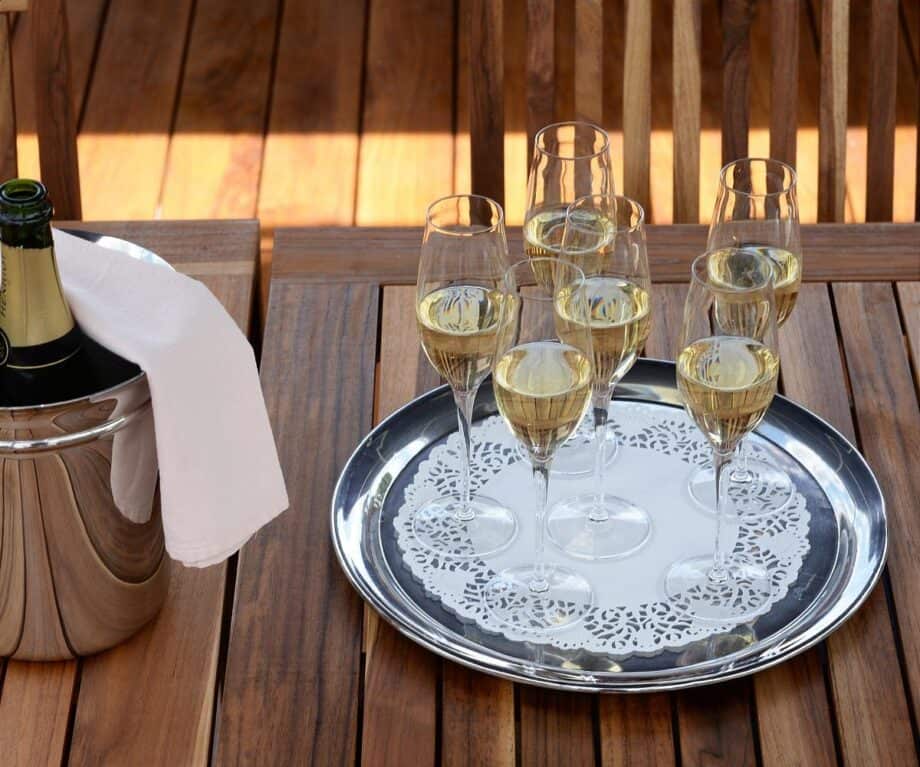

Welcomed with champagne and canapés, Captain Craig, born in England but raised in Burgundy, introduces us to his crew of five.
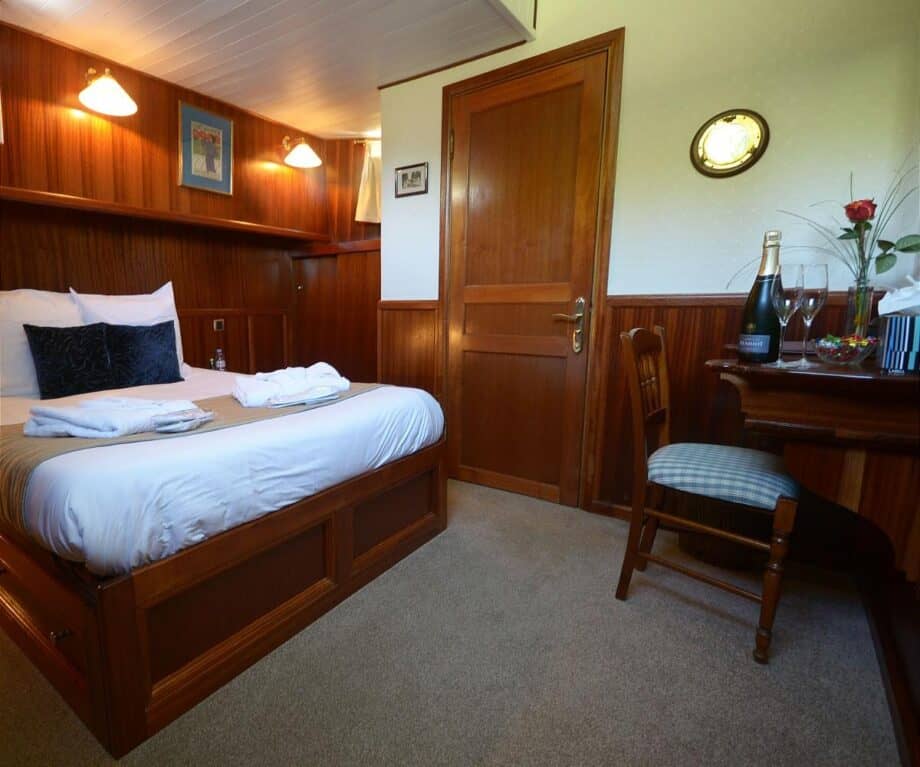

Hostess Luna guides us to our cosy, air-conditioned cabin, where our luggage has already been delivered. Twenty-minutes of unpacking into drawers and wardrobe and we’re shipshape. A quick rainfall shower and it’s time for cocktails and canapés on the sun deck. Although the open bar and hot drinks point is available all day, hostesses Ema and Luna are usually around to deliver coffees or cocktails.
A dinner of Cromesquis cheese duo, duck in a raspberry sauce, cheeses and Norwegian Omlette (think Baked Alaska) set the gastronomic tone for the cruise. Ema introduces the Penand Verglasses 2020 white and the Pernand Verglasses 2017 red.
Day 2
I join Craig on the early morning “bread run” to return with armfuls of bread and patisserie from a local bakery for the freshest of breakfasts; alongside fruit salad, the cooked-to-order egg of the day, and coffee.
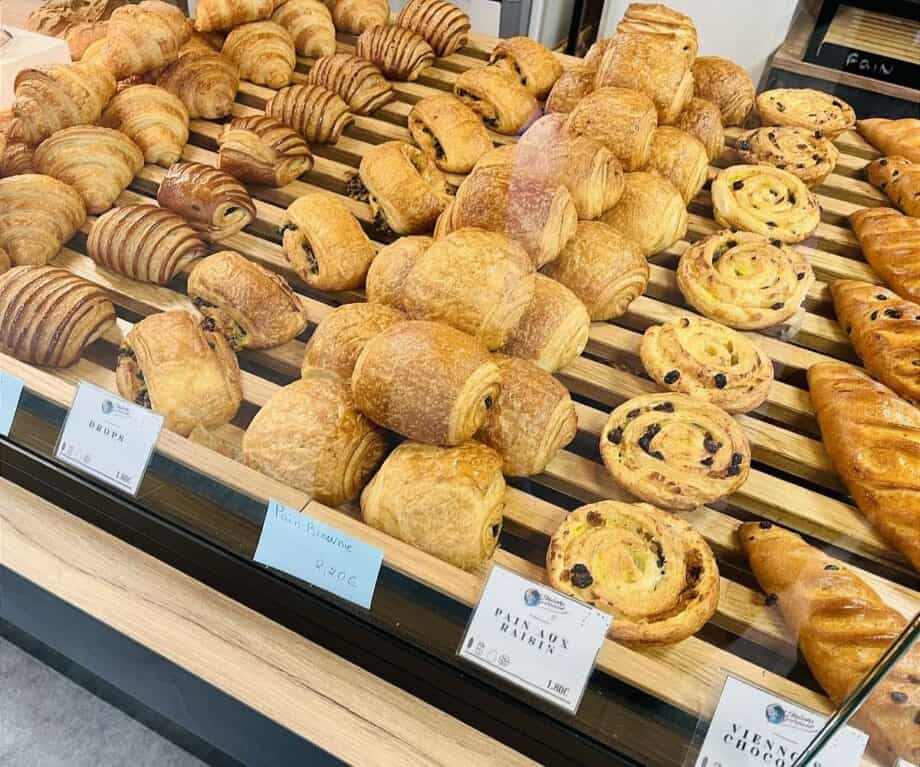

Built in the late 18th century, the canal was once a busy industrial artery. Now, for the coming week, we are the only vessel on a silky waterway framed by countless plane trees and the occasional willow. A grey heron follows our wake, swooping to feed on black bass, carp and perch. We keep our eyes peeled for the flash of a kingfisher or the splash of an otter as we cruise along through lock after lock.
Lunch is a leisurely affair, with hostess Ema, recommending a white – “Can you find floral notes? – and a red, “Are you getting a long finish with pepper?” As well as explaining a cheese board of Chaource, Buche de Chèvre and Camembert.
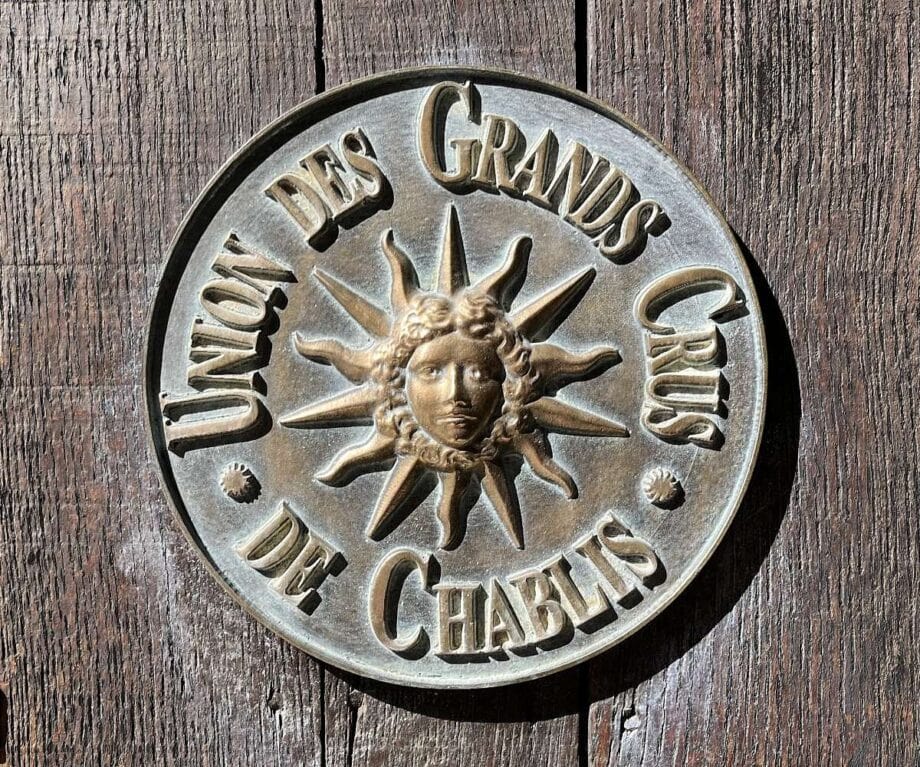

After lunch, we take to the Mercedes to slip through quiet French villages towards limestone white Chablis, a village of just 3,000 inhabitants. “Hidden life, happy life,” Craig says of locals who live behind closed and weathered shutters. Historically, a heart carved into a shutter indicated an unattached young lady waiting to be wooed.
Ten thousand acres of rolling hillsides, tinged with limestone fragments, and countless parcels of vineyards, announce that we have reached Chablis country. Descending into Laroche’s cellars, dating back to the 9th century, our guide Regis explains that the limestone contributes to the wine’s minerality. Grapes for Chablis can only be grown within a denominacion fiercely patrolled by lawyers.
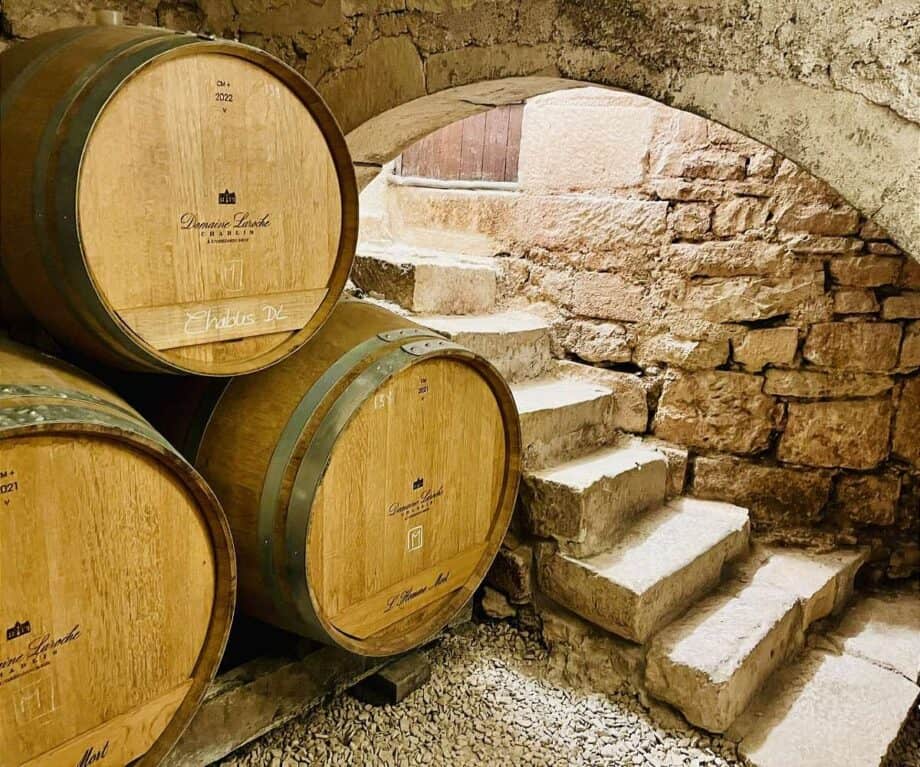

Regis guides us through a tasting of five bottles, where a couple of hundred metres, and sun in the afternoon rather than the morning, makes the difference between a Chablis and top-of-the-range Grand Cru Chablis. Preferring to be called a wine creator, rather than a winemaker, Regis explains that the wine industry is constantly evolving. Windmill heaters or warming electric wires in the vineyards are now used to counter early Spring frosts. Sprinkling powdered seaweed onto the wine to carry sediment to the bottom of the barrel is more economical than traditional filtration. Whilst screw-tops are better for the wine than cork.
“We are gamblers – we gamble with the frost, the rain, the heat and disease,” concludes Regis as he contentedly sips his Grand Cru.
Day 3
“It’s for sale,” advises Craig pointing at the elegant Ancy le Franc chateau. “The asking price is around €42m.”
For the price you get an elegantly proportioned 16th Century, Second Renaissance chateau with power and prestige built-in.
Craig shows us how, in a relatively peaceful era, the chateau was designed as a grandiose home to impress, proclaim status and display allegiance to the King. Guests were guided past the guards’ room displaying the Duke’s private army. Portraits, stained glass windows and heraldic shields all announced powerful allies.


Incredibly, the chateau was built in just eight years. Partly because of the Duke’s power, wealth and because of the use of trompe-l’œil painting techniques to make it look as if the stonework had been intricately carved: saving time and money. Interior design and decoration would take a further two decades before the chateau was “king-ready”.
Over a leisurely afternoon we cruise past farms, worked-out limestone quarries and lock-keepers’ houses, before heading once again towards cocktails, canapés and a gourmet dinner.
We descend to our cabins looking forward to three more full days exploring Burgundy.
Everything you need to plan your trip in 2024
The cost
A hotel barge
Based on two passengers sharing a cabin, 6-night/7-day cruises aboard the 12-passenger La Belle Epoque start at $6,850 per person and include all gourmet meals, fine wines, an open bar for the duration of the cruise, daily escorted excursions, admissions, and private transfers at either end of the cruise.
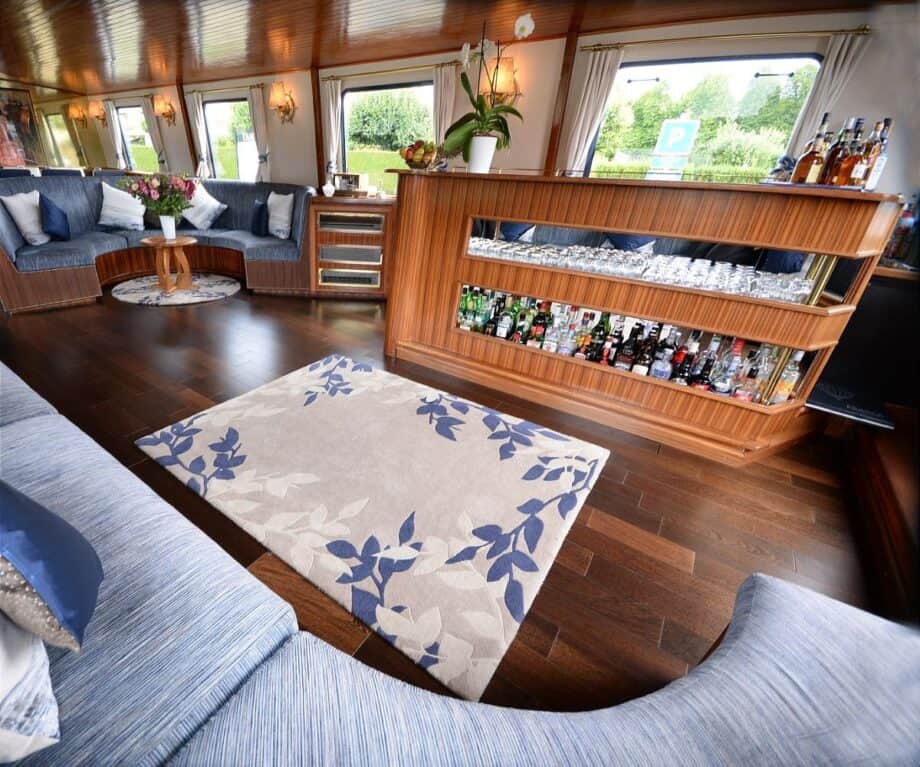

Group charters
2025 Charter prices aboard La Belle Epoque start from $77,000 based on 12 passengers travelling. La Belle Epoque also offers a selection of ‘Themed Cruise’ itineraries (bookable on a private charter basis) for travellers with specific interests, which include family, golf, walking and wine appreciation.
Disclosure: Our stay was sponsored by European Waterways.
![]()
![]()
Michael Edwards
Michael Edwards is a travel writer from Oxfordshire, UK. Although Michael had his first travel pieces published nearly four decades ago, he is still finding new luxury destinations to visit and write on.
Did you enjoy this article?
Receive similar content direct to your inbox.
Please enable JavaScript in your browser to submit the form
Източник за тази статия
Наши спонсори са:
Български трактори на добри цени при изключително качество






